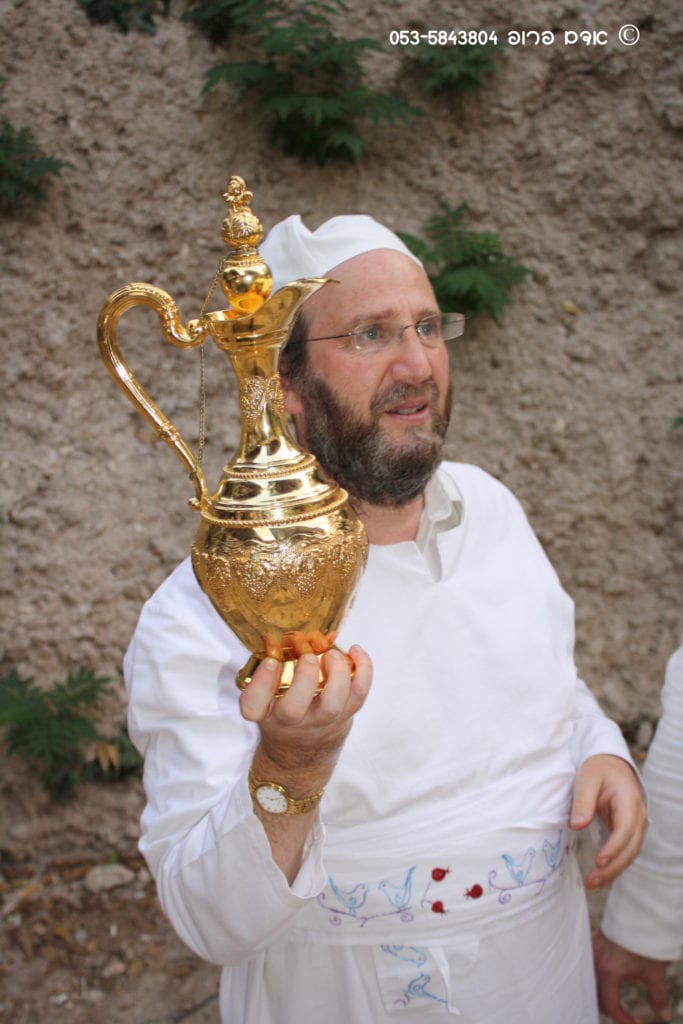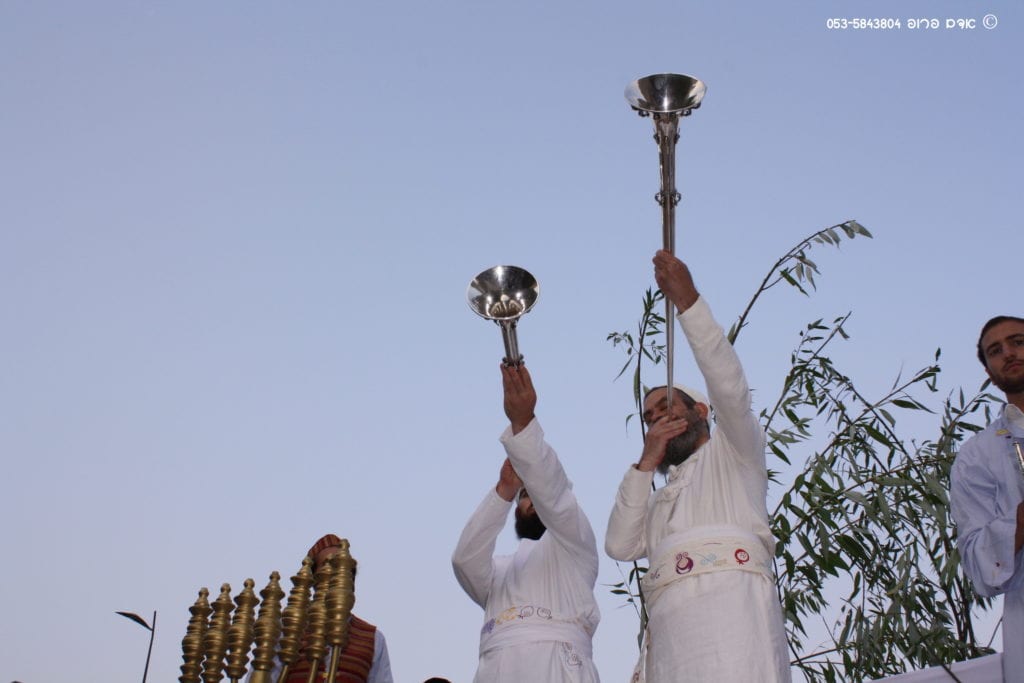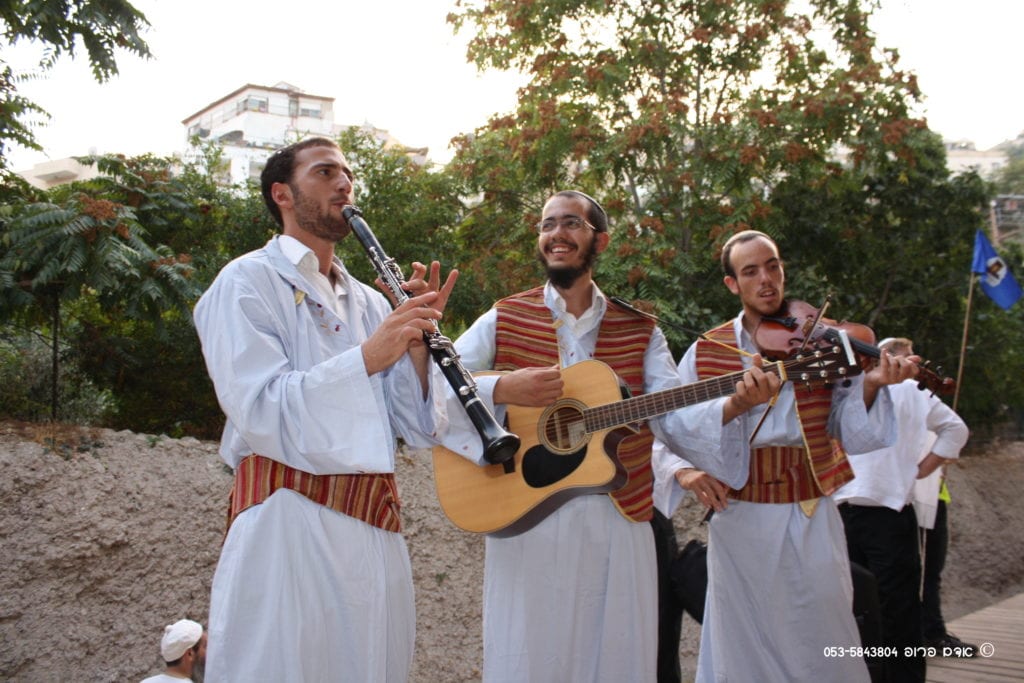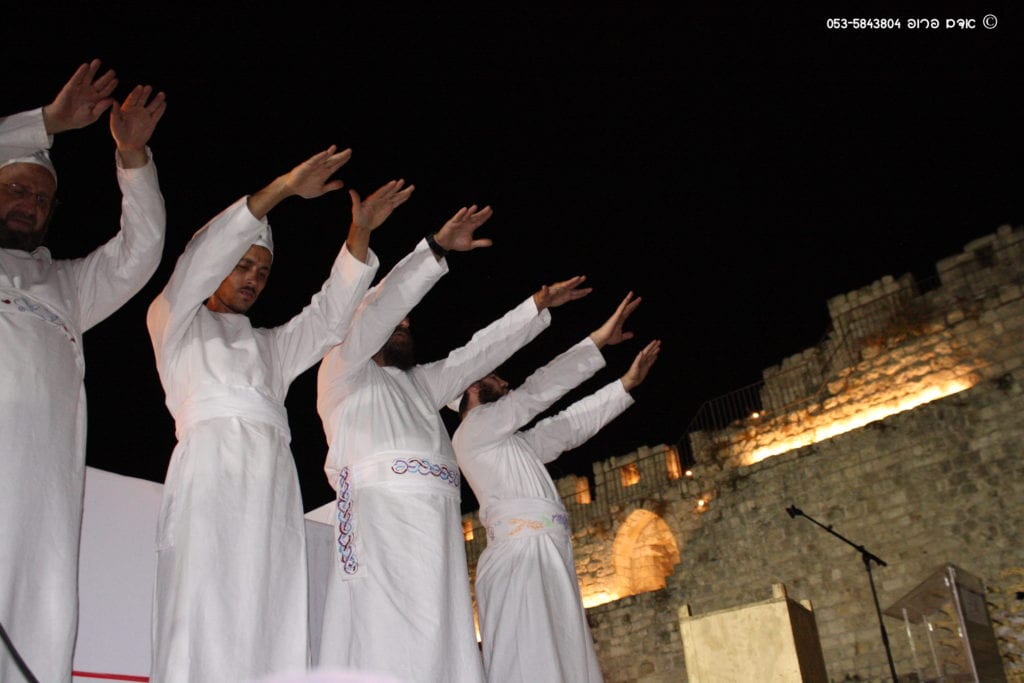Thousands of people in Jerusalem witnessed a joyous full-dress reenactment of the water libation ceremony that was held during the last six days of Sukkoth in the Temple.
Though not explicitly mandated in the Torah, the water libation is part of the oral tradition passed down from Moses. Sukkot is a joyous holiday and the water libation was the focal point of this joy. In the Temple, the ceremony would take fifteen hours with accompanying celebrations lasting all night until the Temple service began again the next morning. Nations came from around the world to take part in the Sukkoth celebrations making it international worship of God.
And the many peoples shall go and say: “Come, Let us go up to the Mount of Hashem, To the House of the God of Yaakov; That He may instruct us in His ways, And that we may walk in His paths.” For instruction shall come forth from Tzion, The word of Hashem from Yerushalayim. Isaiah 2:3
At the head of the parade was the gold vessel, the water jug, which had been inaugurated last year.
At the Shiloach Pool, the jug was filled. In Temple times, a libation of water was made together with the pouring out of wine at the morning service on the last six days of the week-long Sukkot holiday. Kohanim descended from the Temple to the Shiloach Spring at the base of the Mount Moriah, where they filled the flask with three log of spring water (approximately two pints) and returned to the Temple.
On a sad note, the pool was quite low with barely enough water to immerse the jug.



The procession climbed back up to the top of the mountain. A model altar and its utensils had been set up in an open area adjacent to the Western Wall. The altar was decorated with large leafy willow branches as was done in the Temple.
The ceremony culminated in the priestly blessing.





